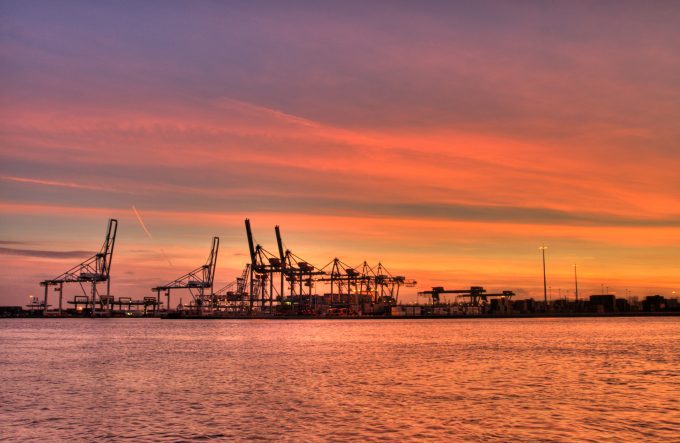DB Cargo drivers kick off three-day strike over pay and working hours
Freight movements across Germany could be thrown into chaos over the next couple of days ...

Container throughput at the port of Rotterdam edged down just 0.4% in the first nine months of the year, compared with the same period of 2015, to 9.3m teu, thanks to a strong recovery in the third quarter.
“While the port saw a lower container throughput than last year in the first five months, it was able to record higher volumes from June on,” it said in a statement.
It added that the “positive trend” was “expected to continue in the final quarter”, thanks to vessel-sharing alliance schedules favouring the port, and the further development of the new terminals at Maasvlakte 2.
The collapse of Hanjin Shipping on 31 August led to an estimated loss of 30,000 teu, but Rotterdam views this as “temporary”, as other carriers stepped in quickly to take over the clients of the bankrupt container line.
Meanwhile, neighbouring Antwerp continued to see impressive growth in the number of containers handled at its terminals, recording a 4% increase in throughput in the nine-month period, versus the previous year, to 7.5m teu.
The result maintained Antwerp’s growth at the half-year, which was 4.4%, but was somewhat below the 7.5% year-on-year expansion recorded in 2015.
The port attributed its “spectacular” growth, while some of its European hub rivals are struggling, to the handling of significantly more ultra-large container vessels (ULCVs).
Statistics were not released for the number of ULCVs calling at the Belgian port in the third quarter, but at the end of H1 it was 242 ships – up an impressive 66% on the previous year.
Last year, Rotterdam handled 12.2m teu, while Antwerp’s 9.6m teu outpaced Hamburg, which declined by 9.3% to 8.8m teu.
Port of Antwerp said it was set for “another record year” for container throughput, and Rotterdam appears to be coming with a late run to improve on its 2015 numbers. At Hamburg, third-quarter throughput figures have yet to be released.
There is however some optimism in Hamburg shipping circles that the worst may be over for the port city after its 9.3% slump in container throughput in 2015. Things are “noticeably more stable” in the first six months of this year, with a drop of 1.2% to 4.5m teu.
Port of Hamburg attributed the throughput decline last year to a downturn in transhipment traffic with ports in Poland and Sweden, as more ships made direct calls instead of using feeder services via Hamburg.
Next April, the four east-west vessel-sharing alliances will reduce to three: the 2M (possibly including HMM), the Ocean Alliance and THE Alliance. Discussions with ports and terminals have begun with steering groups, in order to produce pro-forma networks.
One carrier source told The Loadstar that there was a growing consensus within his grouping not to overextend the North European port network, which has often led to ULCVs arriving at terminals two or three days late, resulting in berth and landside congestion.
Comment on this article